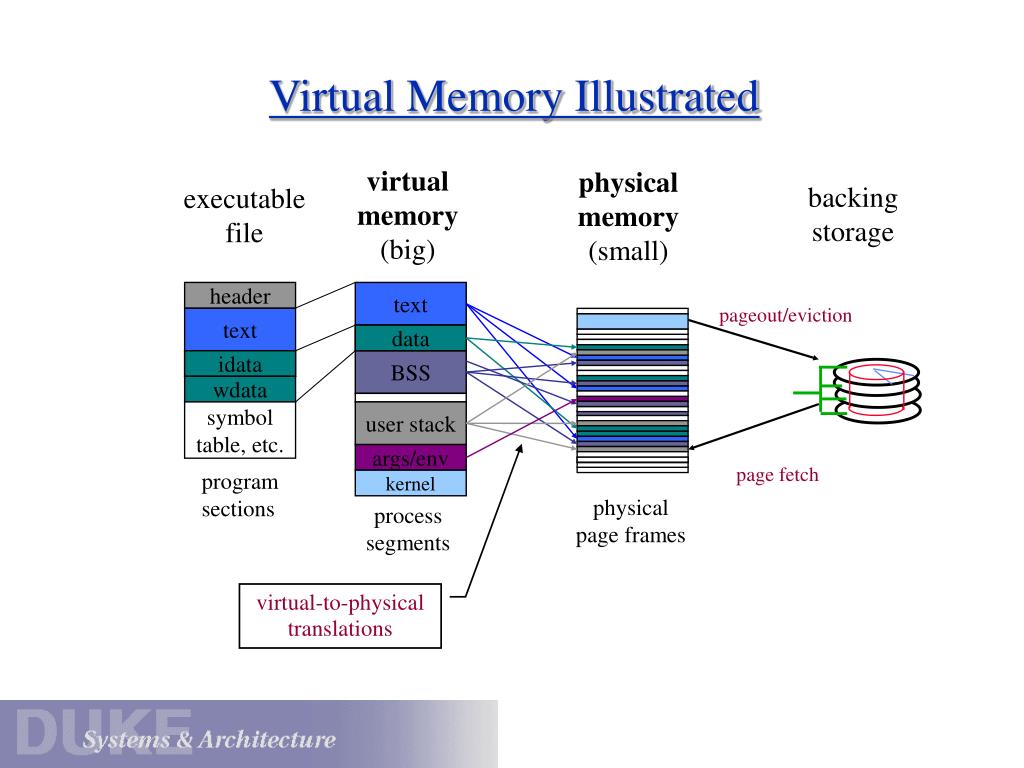

The performance problem is lessened considerably if you put the swap file on an SSD rather than a hard drive. Your average run-of-the-mill crook probably wouldn’t bother looking for it there, but the police or the NSA will. Sensitive data that you keep encrypted may reside, unencrypted, in the swap file. Speed isn’t the only problem with virtual memory. If you create multiple swap files, they’ll behave like one big one. Ideally, the data needed to run applications is stored in RAM, where the CPU can quickly access it.
#Virtual memory windows
Windows lets you set up swap files in different drives, although by default only C: has one. Virtual memory is an area of a computer system’s secondary memory storage space, such as an HDD or SSD, that acts as if it were a part of the system’s RAM or primary memory. Then select a drive and change settings for that drive. In the resulting Virtual Memory dialog box, uncheck Automatically manage paging file size for all drives.

In the Virtual memory box, click the Change button.In the resulting Performance Options dialog box, click the Advanced tab.Reserving address space does not allocate any physical storage, but it prevents other allocation operations from using the. They can perform the following operations: Reserve a range of a processs virtual address space. It is a part of the secondary storage that gives the user the illusion that. In the resulting System Properties dialog box’s Advanced tab, click the first Settings button-the one in the Performance box. The virtual memory functions enable a process to manipulate or determine the status of pages in its virtual address space. Virtual memory is a mechanism used to manage memory using hardware and software.Click Advanced system settings in the left pane.Go to the Start menu’s Search field or Windows 8’s Search charm and type system.
#Virtual memory how to
Here’s how to change the virtual memory settings:

MAGE outperforms the OS virtual memory system by up to an order of magnitude, and in many cases, runs SC computations that do not fit in memory at nearly the same speed as if the underlying machines had unbounded physical memory to fit the entire computation.I’ve already told you how to buy more RAM. This formulation of memory management, which we call memory programming, is a generalization of paging that allows MAGE to provide a highly efficient virtual memory abstraction for SC.

It tries to set itself to what it expects you to need based on your installed RAM and it will adjust itself if your usage spikes. Windows will, by default, adjust virtual memory on the fly based on your needs and your installed RAM. Using this property, MAGE calculates the memory access pattern ahead of time and uses it to produce a memory management plan. Managing virtual memory in a Windows® system is relatively easy, but largely unnecessary. We observe that, due to their intended security guarantees, SC schemes are inherently oblivious-their memory access patterns are independent of the input data. We develop MAGE, an execution engine for SC that efficiently runs SC computations that do not fit in memory. A significant obstacle to using SC for practical applications is the memory overhead of the underlying cryptography. SC is being increasingly adopted by industry for a variety of applications. Secure Computation (SC) is a family of cryptographic primitives for computing on encrypted data in single-party and multi-party settings.


 0 kommentar(er)
0 kommentar(er)
